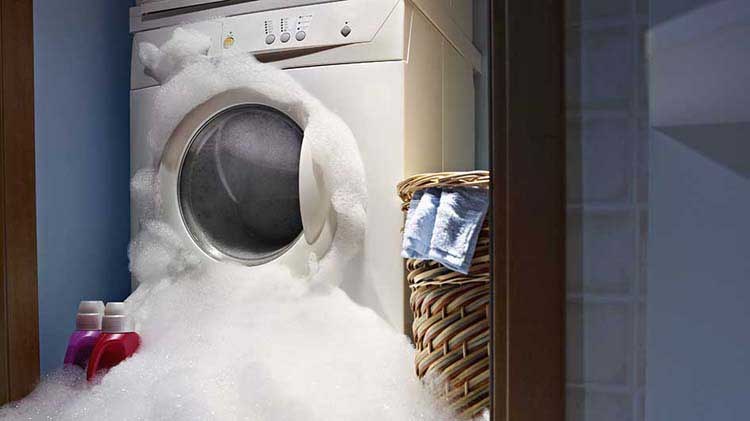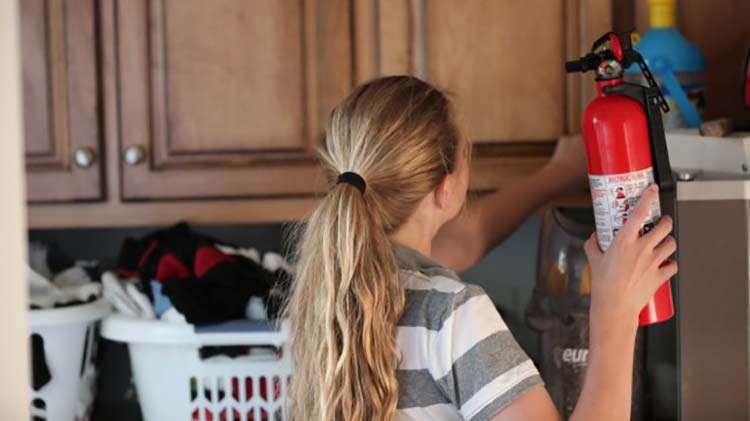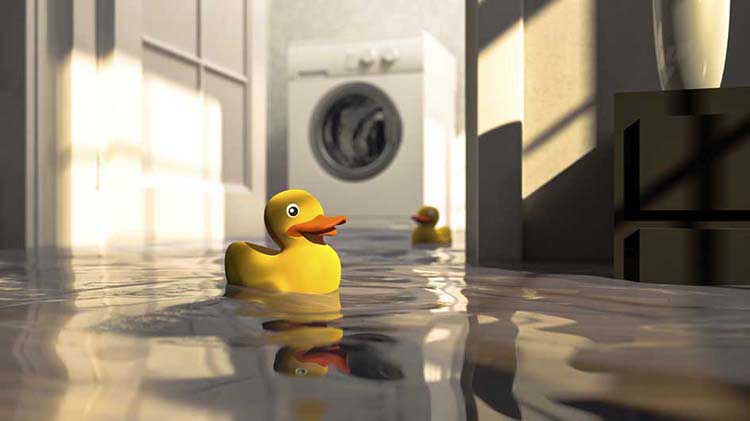A quick review of laundry safety tips
Learn how to help keep your laundry room safe from hazards, including the harmful effects of laundry detergents.
According to research published in 2020 by the National Fire Protection Association (NFPA), in 2014 - 2018, an average of 13,820 fires were responded to that involved dryers. According to the American Association of Poison Control Centers, as of July 31, 2022, poison control centers have managed 5,582 cases related to laundry detergent packet exposure in children 5 and younger.
Here's what needs to be cleaned, checked and stored in order to maintain a safe laundry room.
Make sure your laundry room is clean
- Spills - Wipe them up as soon as they happen. Soapy detergent can cause falls, and clear bleach could be mistaken for water.
- Dryer ducts and vents - Hire professionals to clean your ducts and vent if you notice a decrease in dryer performance. If you have pets or a large family, this could be necessary as often as twice a year.
- Washing machines - Wash the washing machine with a store-bought washing machine cleaner or a solution of hot water, vinegar and baking soda.
- Clean the lint traps - Empty it after every load, and clean it with a nylon brush every six months.
Discover more ways to care for your dryer and learn some tips for washing machine maintenance.
What to periodically check
- Dryer ducts - Plastic dryer ducts are a fire hazard. Replace them with straight or flexible metal ducts.
- Dryer manual - This should tell you the space a dryer needs for proper airflow. Keep your dryer cool by keeping the area around it clutter-free.
- Dryer vent - Check the vent's exterior output for blockages, such as leaves or bird nests. If you notice dryer lint all over the laundry room make sure the dryer vent and exhaust duct are securely attached. The U.S. Fire Administration recommends to clean the venting every three months.
- Washing machine base - Make sure to place the machine in a pan connected to a drain to catch leaks before they cause major damage. This is especially important if your washer is located on an upper floor in your home.
- Hoses - Replace washing machine supply lines every three to five years as part of a proactive maintenance plan.
Discover more ways to help keep your home safe and secure by performing a DIY home safety audit.
Laundry room storage and other tips
- Detergents - Store detergents, detergent packets, bleach and fabric softeners in their original containers and out of reach of children and pets. Also, institute laundry safety rules and discuss what's safe to touch and what's not.
- Other cleaning products - Some products like stain removers or laundry enhancers may come in spray bottles. Make sure you lock the bottle and store it away as those sometimes are a source of accidental poisoning.
- Fire extinguisher - Thousands of fires start in laundry rooms each year. It's smart to keep a fire extinguisher close.
- Important numbers - Keep your local poison control center's number posted in the laundry room in case of an emergency.
- Laundry chutes - To help avoid injuries, use child locks for chute doors as kids might be curious or think they are fun. They should only be used for clothing and not for toys, humans or pets.
- Washers and dryers - Always lock machine doors and use a child proof lock if needed. This will help prevent kids from crawling into the machines, accidentally opening one that might have water or heat or playing with the doors and causing the machines to tip over.
Now that you have reviewed information to help keep your family and home safe, while taking care of your laundry room, learn more information about household hazards for your children and pets to keep protecting what matters most.




